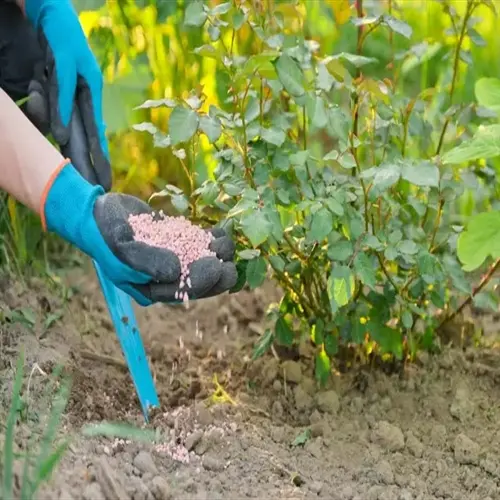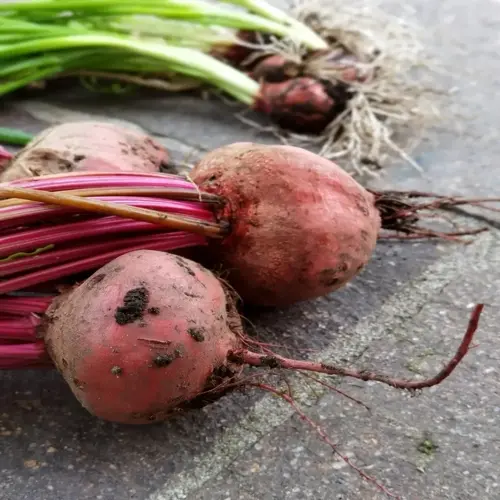What causes cabbage heads to split open?

Written by
Liu Xiaohui
Reviewed by
Prof. Samuel Fitzgerald, Ph.D.Cabbage splitting can be disappointing for gardeners who find their heads suddenly split open. This occurs primarily due to inconsistent watering, where a dry soil gets saturated very quickly. Rapid uptake of water causes the inner leaves to expand more rapidly than the outer layers can accommodate. Understanding the causes behind cabbage splitting can help you avoid another gardening challenge.
Water Imbalance
- Dry soil followed by heavy rain causes rapid absorption
- Inner leaf expansion exceeds outer layer elasticity
- Maintain consistent moisture with drip irrigation systems
Preventive Measures
- Install rain gauges to monitor natural precipitation
- Use 2-3 inch organic mulch to regulate soil moisture
- Water deeply 1-2 times weekly during head formation
Salvage Techniques
- Harvest immediately upon seeing cracks
- Use split heads within 48 hours
- Ferment or cook damaged portions promptly
Soil makeup influences splitting risk. Sandy soils drain fast and tend to cause moisture fluctuations with woody plants. Clay-type soils retain water after heavy rains or watering. Amend your soil with compost to improve soil texture. You can test soil drainage by digging out a 12-inch hole and measuring how quickly water is absorbed.
Apply irrigation to prevent head development during irrigation. Water only when the top 2 inches feel dry. Apply 1-1.5 inches a week, including rainfall. To water deeply through the rootzone, use a soaker-type hose. Avoid using sprinkler and irrigation methods that wet the leaves or lead to disease.
Cut split heads at once to recover edible parts. Cut stems just below the split. Remove affected outer leaves. Consume the firm inner parts within two days. It can be shredded for coleslaw or fermented into sauerkraut. The inner portion remains nutritious despite the cosmetic issues.
Opt for tolerant varieties, such as Savoy types, which have flexible leaves that can withstand damage. 'January King' and 'Tundra' do better in wet and dry moisture conditions. Plant in raised beds, which offer more drainage control. Space plants appropriately to minimize the degree of root competition for water.
Read the full article: 5 Signs When to Harvest Cabbage

